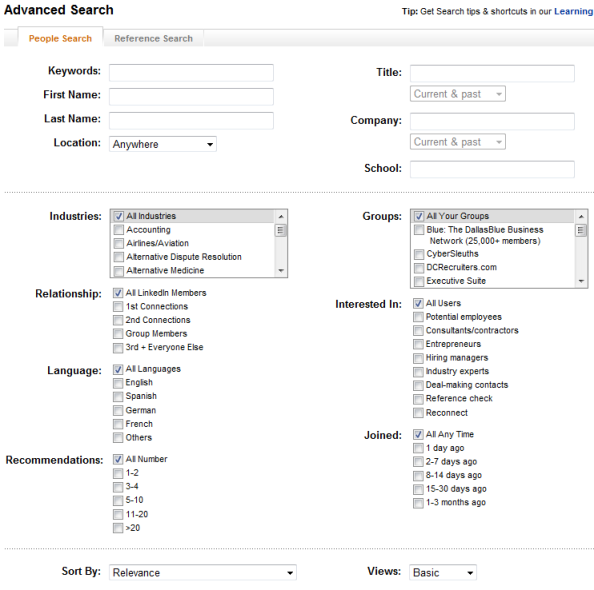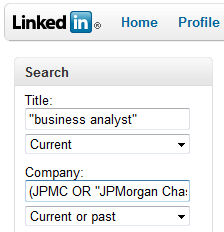 I had an associate with a free LinkedIn account contact me late last week complaining about how he could no longer see the full names of his LinkedIn search results for 3rd degree connections – his results only showed the first initial of the last name. Furthermore, he claimed that LinkedIn had started charging for the ability to see the full names of 3rd degree connections in search results.
I had an associate with a free LinkedIn account contact me late last week complaining about how he could no longer see the full names of his LinkedIn search results for 3rd degree connections – his results only showed the first initial of the last name. Furthermore, he claimed that LinkedIn had started charging for the ability to see the full names of 3rd degree connections in search results.
My first reaction was extreme confusion.
I hadn’t heard or seen anything to support his experience or claims. Had I missed a major announcement or blog post? Not one of the few thousand+ recruiters that I follow on Twitter had tweeted about it, at least not that I saw, but it’s safe to assume that if this person’s claims were accurate, news would spread like wildfire.
Interestingly, I just ran a search on Twitter (@4:00 EST 10/3/2010) for [LinkedIn last names] and only found 1 tweet that could be possibly referencing it. Certainly odd if this massive change from LinkedIn really was taking root. Continue reading



 When it comes to searching LinkedIn using Internet search engines such as Google or Yahoo, there are many different ways to construct your search string (“X-Ray” or otherwise) and get results.
When it comes to searching LinkedIn using Internet search engines such as Google or Yahoo, there are many different ways to construct your search string (“X-Ray” or otherwise) and get results. Recently, I wrote about
Recently, I wrote about  LinkedIn’s been busy.
LinkedIn’s been busy. When I deliver presentations on how to leverage LinkedIn to source candidates, I have the opportunity to get a sense of what most people seem to know about using LinkedIn. Recently I have been making it a point to ask how people tend to sort their search results when searching LinkedIn, and the overwhelming majority leave their results sorting at the default value, which is “relevance.”
When I deliver presentations on how to leverage LinkedIn to source candidates, I have the opportunity to get a sense of what most people seem to know about using LinkedIn. Recently I have been making it a point to ask how people tend to sort their search results when searching LinkedIn, and the overwhelming majority leave their results sorting at the default value, which is “relevance.” Ever wonder how many executives are on LinkedIn?
Ever wonder how many executives are on LinkedIn?
